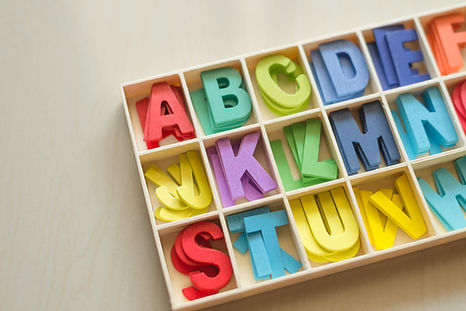
Learning Disabilities
What is a learning disability?
Learning disabilities (LDs) encompass a range of disorders that affect how a person receives, processes, remembers, and communicates information. They are life long-conditions that differ from person to person. LDs range in severity and invariably interfere with the acquisition and
-
reading (e.g., decoding, comprehension)
-
written language (e.g., spelling, written expression)
-
oral language (e.g., listening, speaking, understanding)
-
mathematics (e.g., computation, problem solving)
LDs can also cause challenges with social skills and organizational skills.
What are the signs of an LD?
Though LDs differ between individuals, there are signs to look out for. The criteria set forth by the DSM-5 and Learning Disabilities Association of Ontario criteria include the following:
● At least Average thinking/reasoning abilities
● History of academic achievement issues
● Below Average academic achievement in one or more areas (i.e., reading, writing, math)
● Difficulties in reading, writing, or math are logically connected to deficits in cognitive processes
● The difficulties are not primarily explained by other factors (e.g., other disorders, insufficient effort, poor instruction, linguistic diversity)
There are also signs to look for in specific areas of learning:
Potential signs of an LD in reading:
• Struggle to read new vocabulary, have poor sight vocabulary for familiar, high frequency words
• Read in a monotone or read very slowly or with big pauses
• Limited understanding of what they read
• Avoid reading in leisure time
• Avoid reading out loud
• Mistake words for similar words
• Not sure what test questions are asking or what assignments instructions mean
Potential signs of an LD in writing:
• Letter reversals (b for d, p for q)
• Using limited vocabulary in writing pieces
• Avoiding writing activities
• Providing better oral answers than written answers
• Spelling words how they sound (e.g., “menchin” for “mention”), spells same word several different ways in one paragraph
• Slow copying information from a blackboard/whiteboard
• Written work requires a lot of editing for spelling, grammar, sentence structure
• Run-on sentences, poor use of commas, periods and capitalization
Potential signs of an LD in mathematics:
• Lose track when counting
• Use fingers as aids for simple calculations
• Struggle to estimate number of items in a group
• Poor sense of relative size of numbers
• Struggle to understand graphs
• Difficulty counting money or making change
• Forget or mix up steps in math problems
• Poor understanding of fractions
• Avoid math-based activities
• Poor sense of when calculator has produced a wrong answer
Learning Disability Resources







